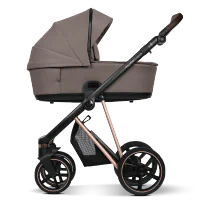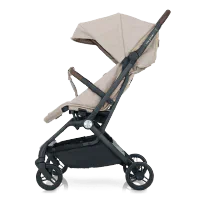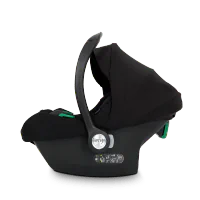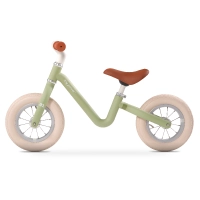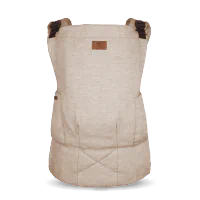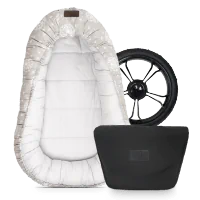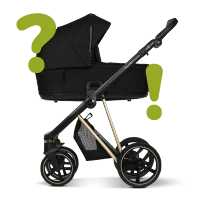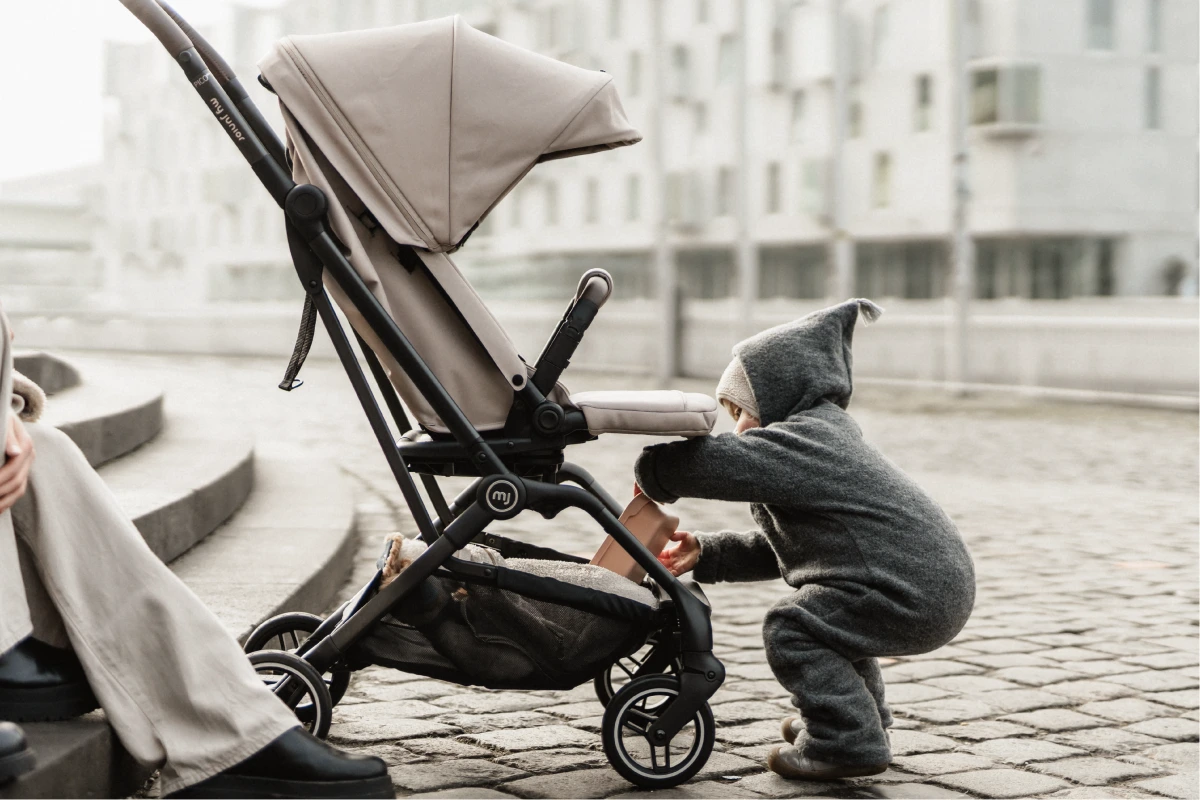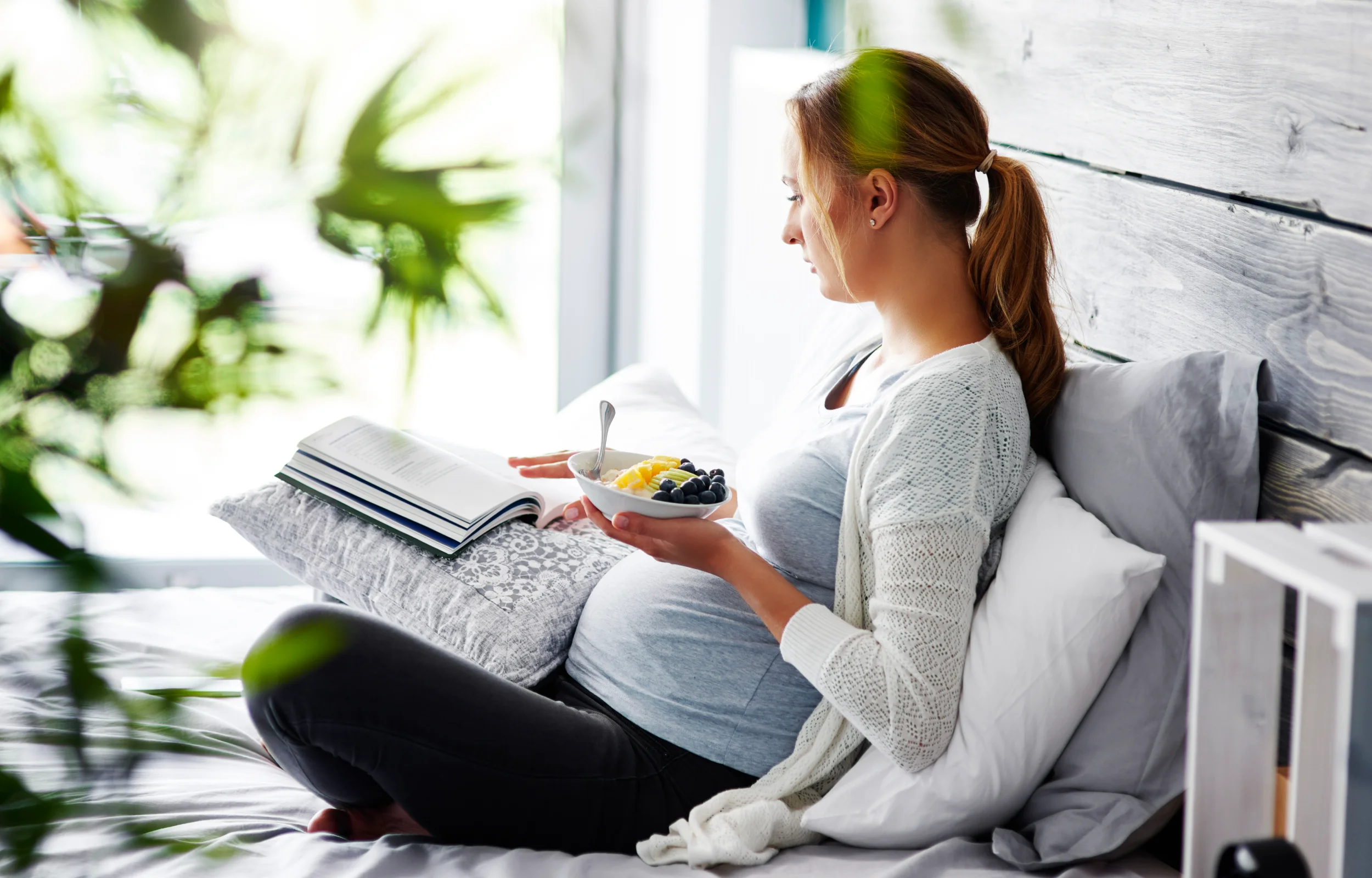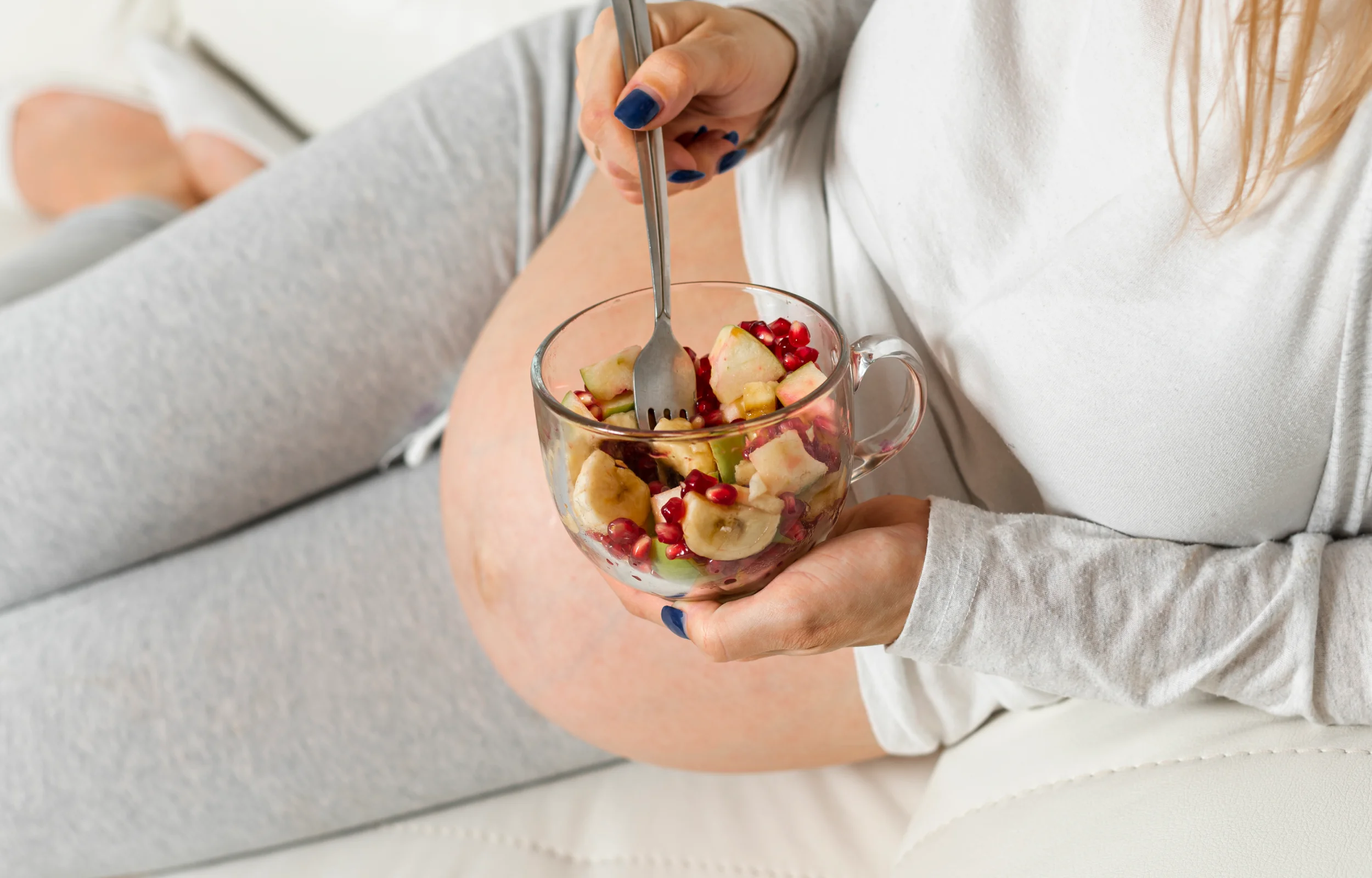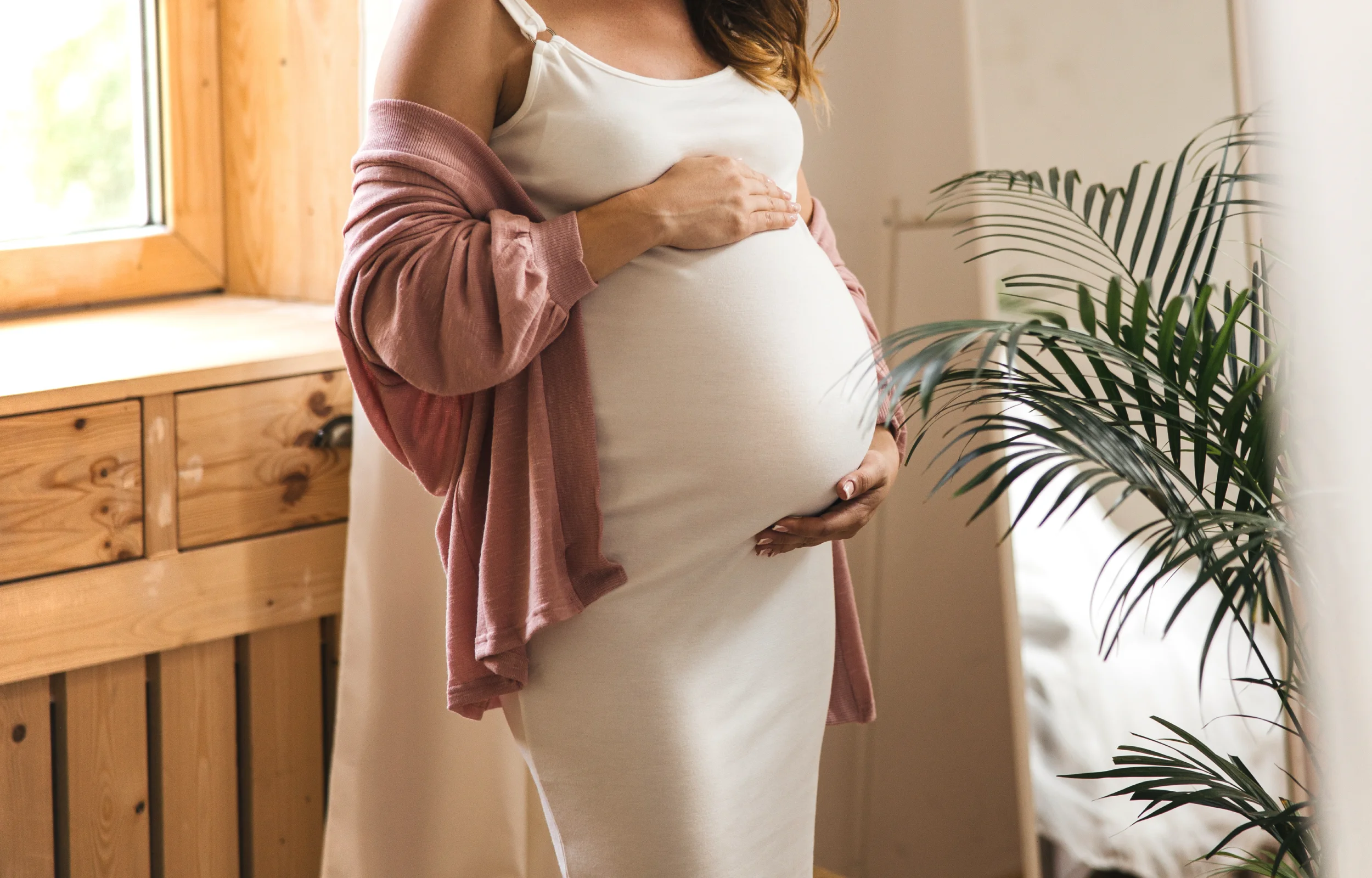
Welcome to the 31st Week of Pregnancy
You are now well into your third trimester, and the big day of delivery is drawing ever closer. Around this time, you might find yourself thinking more often about the birth or even feeling anxious. This is partly due to your rising hormone levels, which can influence exactly these kinds of feelings. Don’t let it unsettle you – you are well prepared, and soon you’ll be able to hold your little bundle of joy in your arms.
Your baby continues to develop at an impressive pace, gaining both size and weight in preparation for life outside your womb. In these last weeks of the month, your baby’s movements will become more pronounced and stronger, letting you feel even closer to your little miracle.
In this article, you’ll find all the important information about your baby’s development, changes in your body, and valuable tips for the 31st week of pregnancy.
Your baby at 31 weeks:
- Your little one is already about 41–42 cm long and weighs between 1500–1700 g.
- The protective layers of fat are continuing to grow steadily and will later help your baby to regulate their temperature.
- Your baby has probably already turned into the birth position (head-down).
- Your baby’s skin is becoming smoother, the lanugo (fine hair) is disappearing, and the hair on their head is getting thicker.
- The lungs, brain and senses are developing rapidly: your baby hears your voice, practises breathing, and already shows a small sleep-wake rhythm.
Your body at 31 weeks:
- Your bump is now beautifully round: the womb now extends well above your navel and your body is working at full speed.
- Typical symptoms now include: back pain, heartburn, shortness of breath, and water retention.
- You may notice more practice contractions (Braxton Hicks), which are normal and gently prepare your body for birth.
Development of the baby in the 31st week of pregnancy
In week 31 of pregnancy, your baby reaches an impressive length of about 41 to 42 cm (crown to heel) and weighs a proud 1,500 to 1,700 grams. It is now comparable in size to a large red cabbage. This rapid growth is primarily for the further development of protective fat layers, which are crucial for temperature regulation after birth.
The liver is now processing waste products and the kidneys are fully developed. The lungs, too, can now inflate completely compared to the 30th week of pregnancy. Your baby is still diligently practising breathing movements by inhaling and exhaling amniotic fluid – an important training step for independent breathing. Your little one’s intestines are filled with meconium, a tar-like black-green substance that will be passed as the first stool after birth.
Around this week of pregnancy, the baby often assumes its final birth position (cephalic position). At your next ultrasound scan, you’ll be able to observe your foetus’s current position and orientation more closely.
The skin of the foetus is becoming increasingly smoother and taking on a rosier appearance. The fine lanugo hair, or downy hair, that covers the body is now receding further, while the hair on the head may become thicker.
Brain development is also in full swing: the nerve cells continue to interconnect, and the surface of the brain forms more and more grooves, which indicates the emergence of more complex functions.
The senses of your little one are now very well developed. It can clearly hear your voice and that of your partner, and reacts to external sounds. Its eyes are often open and the baby can distinguish between light and darkness.
His sleep-wake rhythm is becoming more pronounced. Due to the limited space in the womb, the baby's movements now feel more like deliberate kicks or stretches with arms and elbows, during which you feel a distinct pressure under your ribs or in your lower abdomen.
Your body in the 31st week of pregnancy
Week 31 of pregnancy brings an intensification of physical changes for many women. Your bump is now very pronounced, and your uterus now extends about eleven centimetres above your belly button. Your body is working extremely hard to support your baby’s rapid growth and to prepare itself for the upcoming birth.
Many mothers experience increased pregnancy discomfort during this phase. Back pain, especially in the lower region, is common as your centre of gravity shifts further and the ligaments become more relaxed. Heartburn can also worsen, as the size of the uterus pushes the stomach upwards. Shortness of breath is also widespread, as the lungs have less space.
Water retention in your hands, feet, and legs is normal at this stage of pregnancy. Wear comfortable footwear and elevate your legs as often as possible. Your blood volume has increased significantly to ensure optimal supply for the baby. Occasional Braxton Hicks contractions (practice contractions) are also typical and serve as training for the uterus.
Your breasts are becoming heavier, larger, perhaps even more sensitive, and the areola is getting darker. They are preparing for breastfeeding. Antibodies from your blood pass through the placenta to your little one, in order to protect them from infections in the weeks following birth. If you are immune to diseases such as mumps, measles, polio, and other serious infections, your baby will carry antibodies against these illnesses.
Tips for the 31st week of pregnancy
- 💡 1. Optimise sleeping position: As your baby bump grows, getting a good night's sleep becomes increasingly challenging. Try to sleep on your side, ideally the left, to improve blood flow to the placenta and baby. A nursing pillow or several pillows can support your bump and legs, helping to relieve pressure.
- 💡 2. Pay attention to an iron-rich diet: Your child now needs particularly high amounts of iron for blood formation. Make sure to have a balanced diet with iron-rich foods such as red meat, pulses, and green leafy vegetables to prevent fatigue and anaemia. Your doctor can recommend iron supplements if necessary.
- 💡 3. Keep moving and take breaks: Gentle activities such as walking, pregnancy yoga or swimming can relieve pregnancy discomforts like back pain and water retention. Listen to your body and make sure to take regular breaks, as your body is doing something incredible right now.
- 💡 4. Continue your birth preparation: If you haven't booked a course yet, now is the perfect moment to do so. In an antenatal class, you'll learn everything important about childbirth, get to know breathing techniques, and can start preparing yourself for those first moments together with your little one. It's also lovely if your partner can join you.
- 💡 5. Prepare your hospital bag: Your hospital bag can now be completely packed and ready to go. This way, you’ll be nice and relaxed when the time comes. It’s best to use a small checklist to make sure you don’t forget anything and have everything important for you and your baby to hand. This way, you can look forward to the big moment without any worries. The checklist in our my junior® guide can be very helpful here.
- 💡 6. Application for parental allowance: Find out about the exact deadlines and prepare all the necessary documents for applying for parental allowance. You can find helpful information on this in our my junior® guide.
Frequently Asked Questions about the 31st Week of Pregnancy
How much weight gain is normal in the 31st week of pregnancy?
By the 31st week of pregnancy, many expectant mothers gain between nine and twelve kilograms. However, depending on your starting weight, this can look different. Your gynaecologist will keep an eye on everything to ensure that both you and your little bundle of joy are doing well. Make sure you eat a balanced diet – it’s good for you and your little miracle.
Which examinations are important in the 31st week of pregnancy?
Regular check-ups with your doctor or midwife are still scheduled at this stage. These appointments are to check your baby’s position and ensure that everything is progressing well. The third ultrasound usually takes place between the 29th and 32nd week of pregnancy. This will show you how your little one is developing and how they are preparing for the birth. It’s lovely if your partner can be with you for these appointments – together, it often feels even more reassuring.
What does it mean if foetal movements decrease in the 31st week of pregnancy?
In general, you should continue to feel your baby’s movements regularly. Although space in the womb is becoming tighter, your baby is still very active. If your baby’s movements noticeably decrease or stop altogether, contact your doctor or midwife.
What is colostrum, and is it normal that my breasts are producing it now?
Colostrum is the nutrient-rich pre-milk that your breasts can begin to produce during pregnancy. It is completely normal if you notice colostrum leaking in the 31st week of pregnancy or in the final weeks. This shows that your breasts and the organs involved in breastfeeding are preparing for later breast milk production and the birth of your child.
How can I best prepare for childbirth?
You can prepare well for your birth: Talk to your doctor or midwife and create a birth plan together. Pack your hospital bag at your leisure and, if you like, attend a childbirth preparation course. Our tip: Check your pregnancy calendar to see what to expect, and take your partner with you to register the birth – it just feels better together.
What does the baby's skin look like now?
The baby's skin becomes smoother and rosier in the 31st week of pregnancy, as a protective layer of fat forms underneath. The fine hair, or lanugo, begins to recede, and the hair on the head may already be quite thick.
Is a premature birth at 31 weeks of pregnancy viable?
Yes, a baby born in the 31st week of pregnancy has really good chances these days of growing up healthy, thanks to modern medicine and loving intensive care. Many important organs, such as the lungs, are already developed enough that they can continue to mature well with a little support. Your little miracle will still need time and plenty of security outside your womb to adjust to life. With the right care and your closeness, they have the very best chance of soon coming home strong and healthy.
What role does the umbilical cord play now?
The umbilical cord continues to reliably supply your little one with all the necessary nutrients and oxygen, while also removing waste products. It is your baby’s lifeline in the womb and is still working at full capacity to support your baby’s development.

 Pushchair
Pushchair 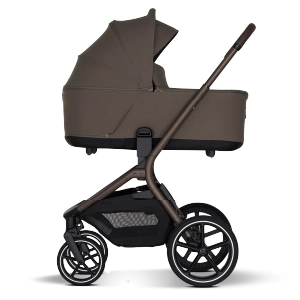 MAVI
MAVI 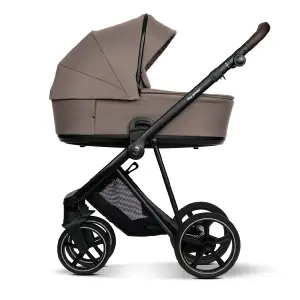 VIGO²
VIGO² 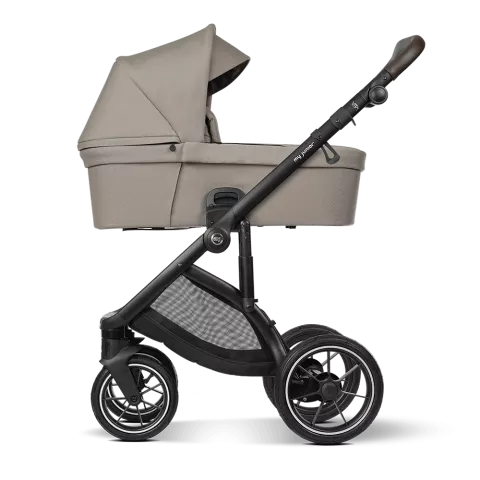 VITA unique³
VITA unique³ 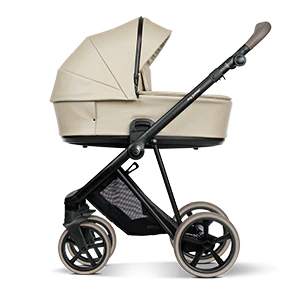 VIGO² Alcantara
VIGO² Alcantara 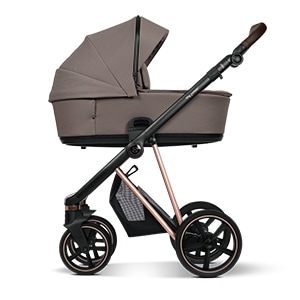 VIGO
VIGO 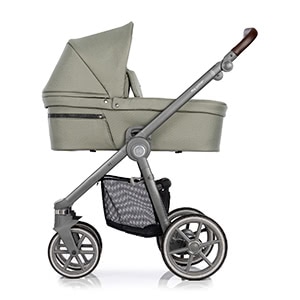 VITA HOPE
VITA HOPE  VITA unique²
VITA unique²  PICO³ with tub
PICO³ with tub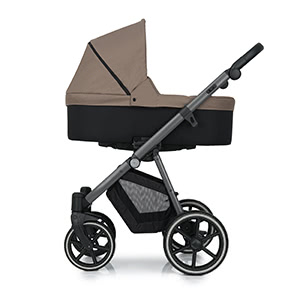 NOAX²
NOAX² 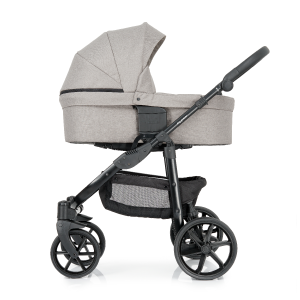 MIYO²
MIYO²  Pram tests
Pram tests  Consultation
Consultation  Buggies
Buggies 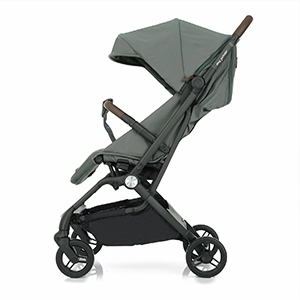 PICO³
PICO³ 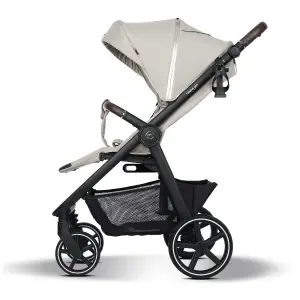 PLIA²
PLIA² 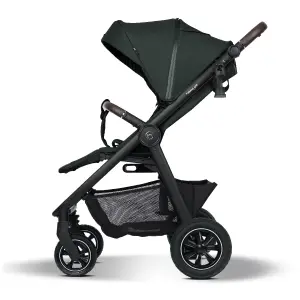 PLIA² Air
PLIA² Air 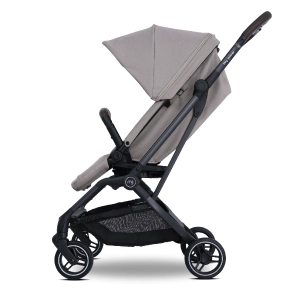 PICO³⁶⁰
PICO³⁶⁰  PICO³ with tub
PICO³ with tub 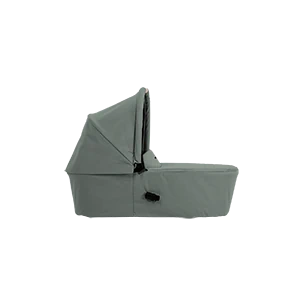 PICO tub
PICO tub 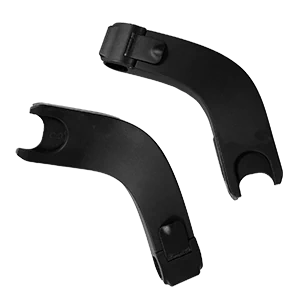 PICO infant car seat adapter
PICO infant car seat adapter  Limited Editions
Limited Editions 
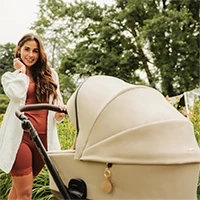
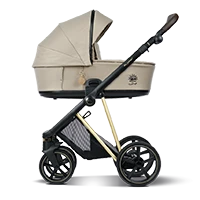

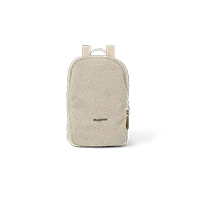


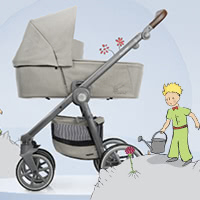
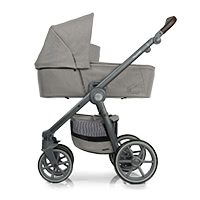

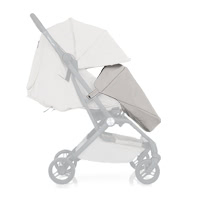

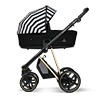 VIGO
VIGO 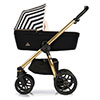 VITA HOPE
VITA HOPE 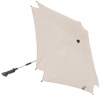 Limited Edition Parasol
Limited Edition Parasol 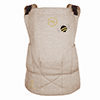 Limited Edition Baby Carrier
Limited Edition Baby Carrier 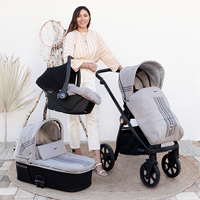
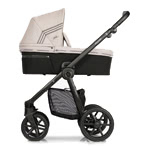 VITA HOPE
VITA HOPE 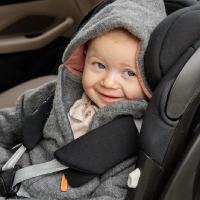 Child seats
Child seats  All Isofix Bases
All Isofix Bases 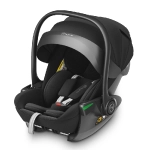 AURAᵉʳᵍᵒ
AURAᵉʳᵍᵒ  Aura Pro
Aura Pro 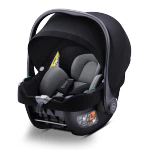 Beam
Beam 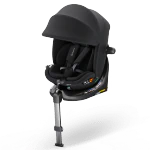 Cyro 360
Cyro 360 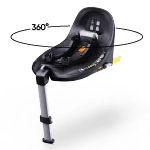 Base 360
Base 360 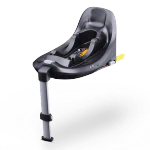 Base Static
Base Static 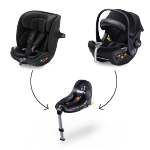 Capsule System
Bundle
Capsule System
Bundle 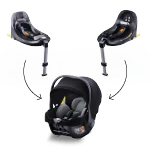 Beam Bundle
Beam Bundle 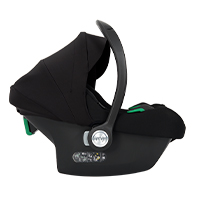 Avionaut Cosmo
Avionaut Cosmo 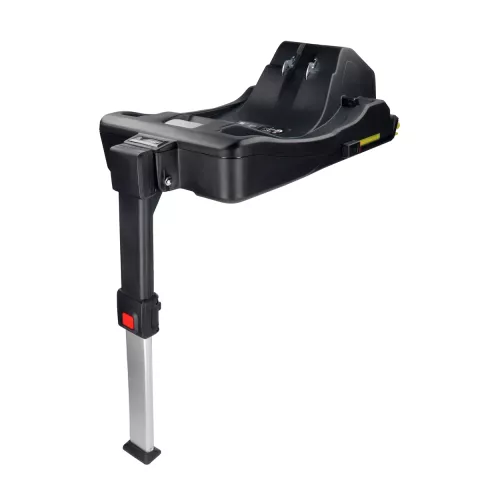
 Black Friday Sale
Black Friday Sale
 Reviews
Reviews  Read reviews
Read reviews  Write a review
Write a review 
 Home
Home  Fabric sample
Fabric sample  Baby carriers
Baby carriers  LUVA
LUVA 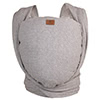 NAMI
NAMI 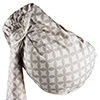 NAMI with ring
NAMI with ring  Accessories
Accessories  Vouchers
Vouchers  Discover my junior®
Discover my junior®  About us
About us  In your vicinity
In your vicinity  All my junior
All my junior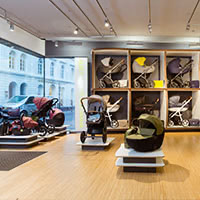 Flagship Store
Aachen
Flagship Store
Aachen 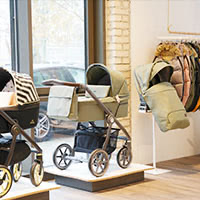 Flagship Store
Hamburg
Flagship Store
Hamburg 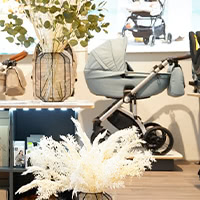 Flagship Store
Salzburg
Flagship Store
Salzburg  Flagship Store Binzen
Flagship Store Binzen
 Flagship Store
Krefeld
Flagship Store
Krefeld  Studio Cologne
Studio Cologne  Studio Trier
Studio Trier  Studio Braunschweig
Studio Braunschweig
 Studio Metzingen
Studio Metzingen
 my junior® pram in
Switzerland
my junior® pram in
Switzerland  Help and Contact
Help and Contact  Useful
Useful  Career
Career  Press
Press 


